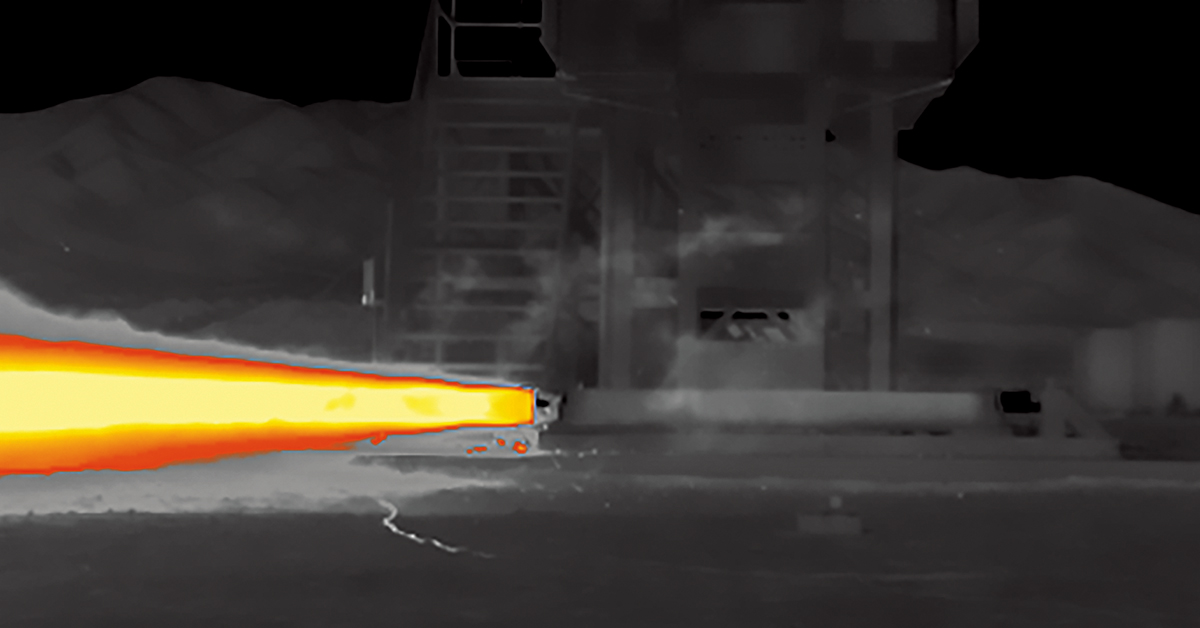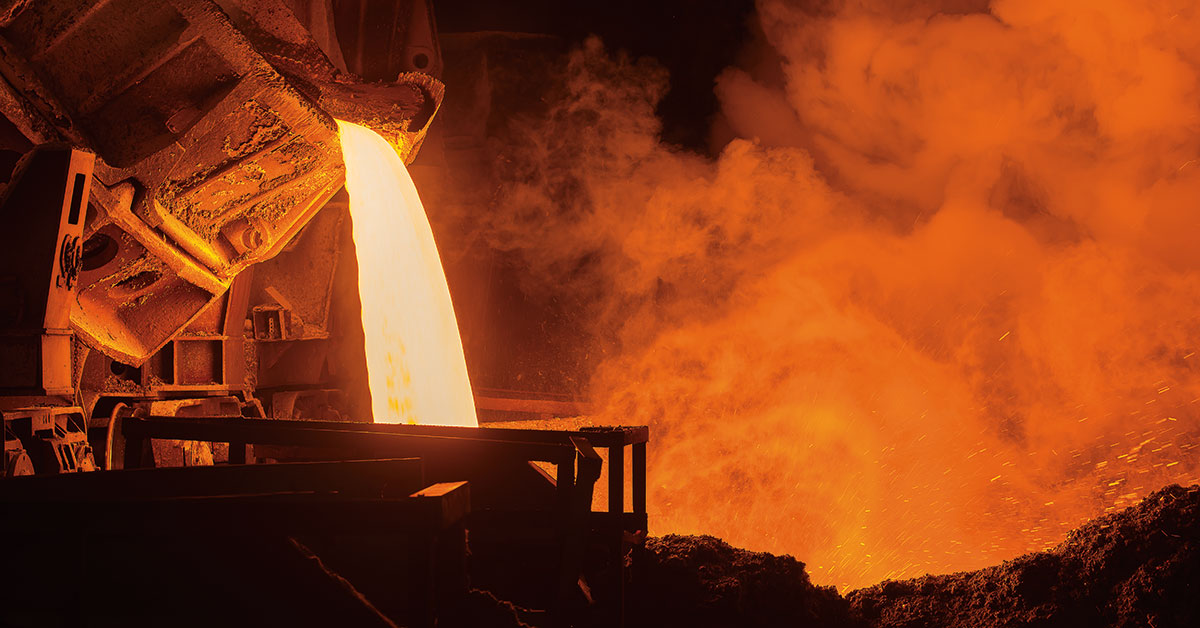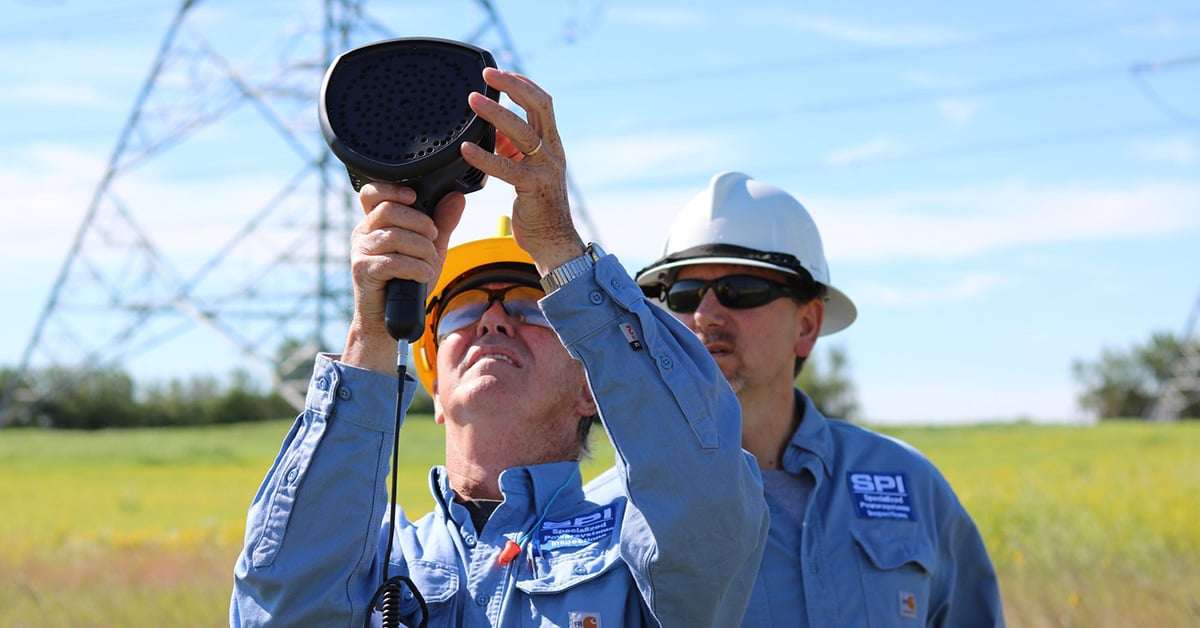High yields in even higher temperatures: Automating thermal inspection at 900°C
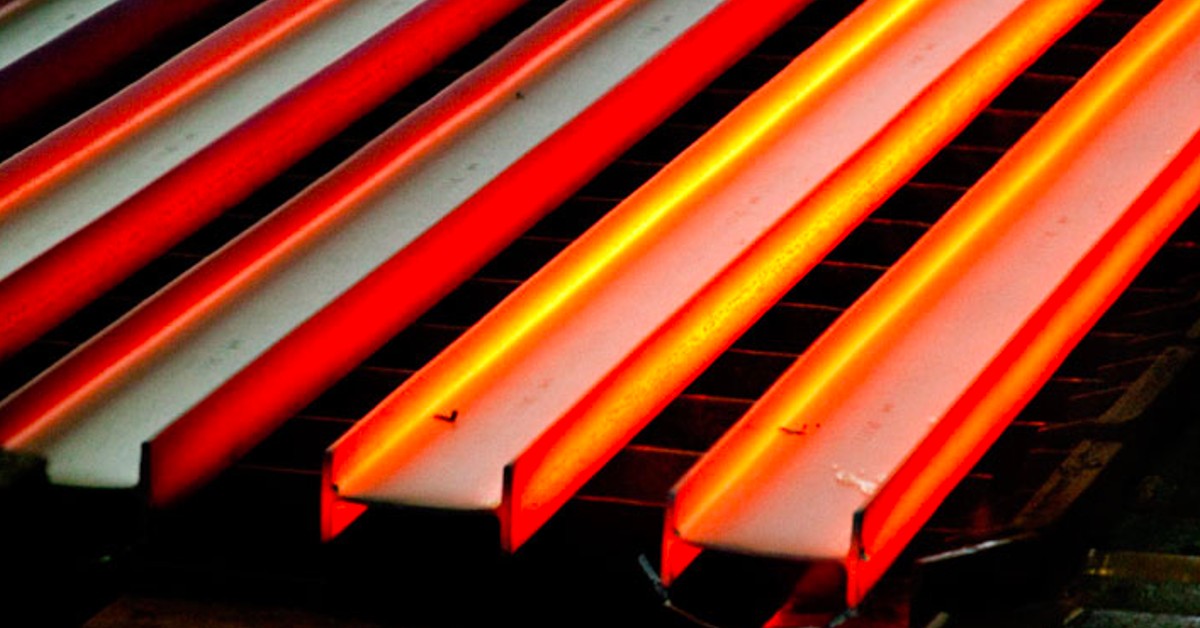
The steel-making industry deals with extreme temperatures and environments. Steel billets - used in construction the world over - are formed in intense heat during the second stage of the steel pouring process. After the molten steel is cast into shape in the crucible in searing temperatures of up to 1,370°C, the cuboid bars (or billets) must be allowed to cool before they can be visually inspected - meaning that often the billets are not able to be inspected for hours after being cast.
This can lead to costly production backups and requires labour-intensive manual inspection - or at least, this had been the case before BcB Informatica y Control came up with a solution. BcB Informatica y Control is a Spanish engineering and technology company that works in condition monitoring across various sectors, from construction to industrial and energy production.
As a dedicated Teledyne FLIR integrator, they develop tailored software applications which integrate the most advanced thermographics to ensure optimal conditions for production processes in all environments - however harsh or unforgiving.
In this latest installation on behalf of the CELSA Group, a multinational group of steel companies headquartered in Spain rooted in the industry of steel reinforcement or rebar, they use superior dimensional understanding - and FLIR technology - to seriously streamline the quality control of steel billets with incredible accuracy.
Red-hot assets need accurate thermography
At Celsa’s steel mill in Barcelona, temperatures on the billet production line typically reach in excess of 700°C, with 905°C being the highest recorded temperature detected.
Due to this intense environment, normal cameras simply lack the capability to capture images with the accuracy and consistency needed for condition monitoring. Thermal cameras are the obvious choice, especially as they operate optimally within harsh environments due to their rugged housing units and ability to see beyond the visible spectrum using active thermography.
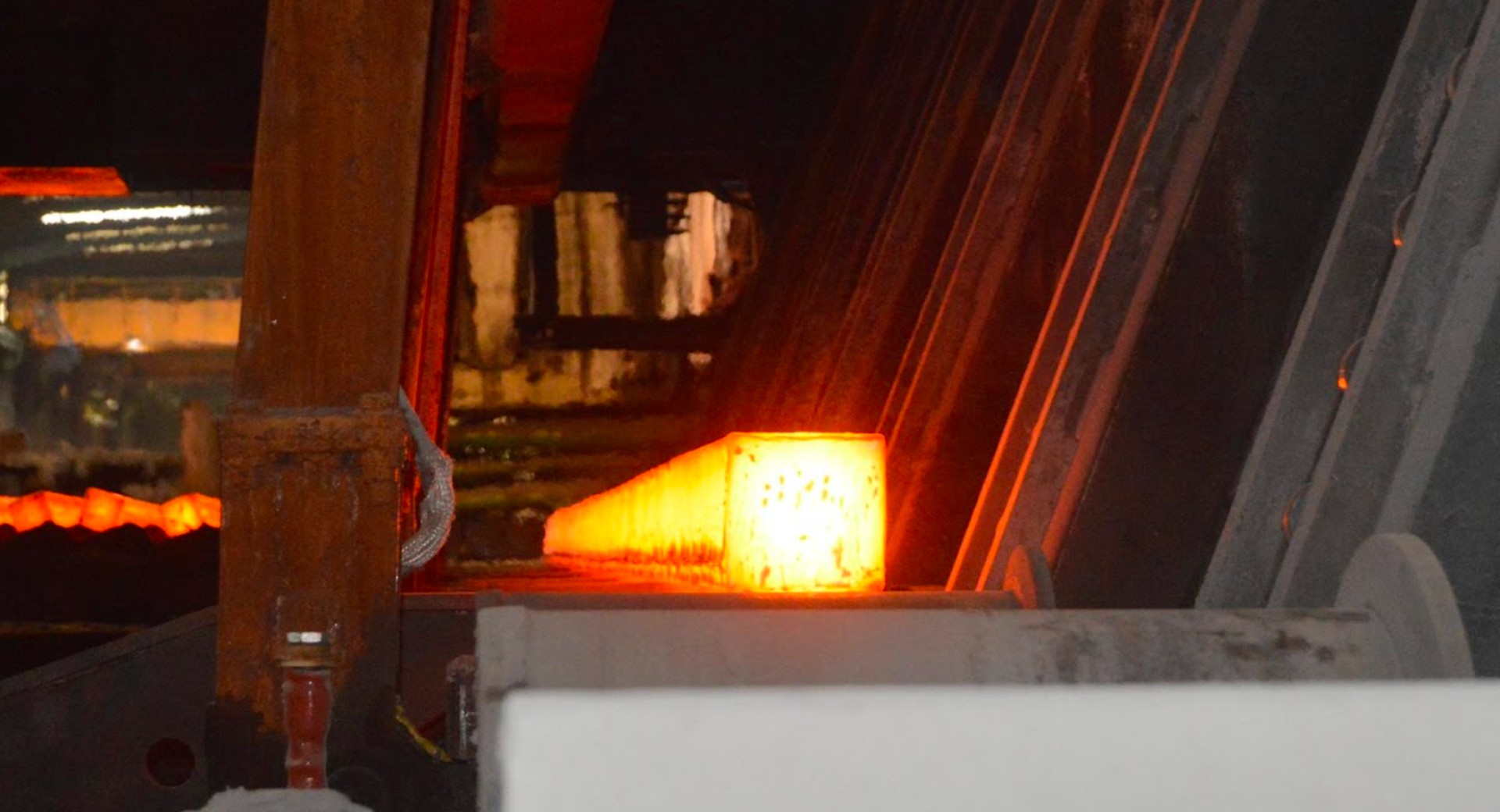
Measuring dimensional discrepancies in real-time
The quality of steel billets is essential. As they go on to be used in industrial and construction applications, they have a very low tolerance for variation - this is crucial for ensuring accuracy and integrity on large-scale projects where every millimetre counts.
Each steel billet is ideally cast to be a perfect cuboid - in a length of either 10 or 12 metres. However, as with any production process, there are minute variations that must be monitored. With Celsa’s steel billets, the tolerance of each of the faces at both ends are a mere 13mm. This applies to all faces of the 6-sided shapes, so they must be measured in multiple dimensions to ensure complete compliance.
Prior to calling on BcB Informatica to integrate Teledyne FLIR thermographics, the steel billets were only able to be inspected every four hours - giving them adequate time to cool.
However, this process was made radically more efficient using a system that utilises two 2D lasers and two FLIR A700 sensors in tandem.
Between this aerial and lateral view, it ensures that each dimension of the billets’ faces is carefully measured as they pass down the production line - meaning that measurements are in real-time, and not four hours later. This new functionality means that billets deemed unfit for purpose (those with a variation on any surface of 13mm or more) can be sent back to the crucible to be re-melted and recast - as steel can be melted and remelted indefinitely without losing purity or structural integrity.
To help cope with these intense temperatures, BcB Informatica y Control integrated water-cooled housing for all devices involved - ensuring that the cameras and dimensional lasers work perfectly.
Autofocus is crucial in getting billets from the crucible to the end user
The FLIR A700 Advanced Image Streaming Configuration is a pivotal part of this monitoring system, because of its ability to autofocus on objects as the distance from the lens varies. The device’s ability to autofocus ensures that it is able to accurately measure the dimensions of the faces of the billets..
The one problem with this is scale - i.e. how can the A700 determine the distance from the billet to the lens without scale, especially when this will vary? The solution to this was the ingenious utilisation of a 2D dimensional laser, which shines on the billets as they pass, uses bespoke software to calculate the distance based on light refraction, and feeds the perceived distance through to the A700 in real time, which allows the lens to focus optimally.
After this crucial step, BCB Informatica’s data software uses computer vision to detect whether the faces of the billets meet the specified requirements (13mm<) and whether the borders of the faces of the billets contain significant defects to render the product unfit for purpose - in which case, it’s cast back to the crucible.
Maximising yield with innovative solutions
With this new high-tech system in place, the facility is now able to produce and inspect over 1000 steel billets every day, improving its yield and maximising profit for this multinational steel manufacturer.
Nahum Jaime Sánchez, project engineer for BcB Informatica, says: “All the software we use includes obtaining the radiometric image and converting from pixels to millimetres to use thermal cameras for dimensional control and alerts the client if any billet is out of range of the specified dimensions or it is deformed. Also, we give to the client the exact temperature of the product, as this process works with very high temperatures, so readings must be exact.”
“The client worked with Teledyne FLIR in the past and the products are excellent for 24/7 inspection and they work very well in harsh environments with the respective housing and it is solid in terms of communication.”
